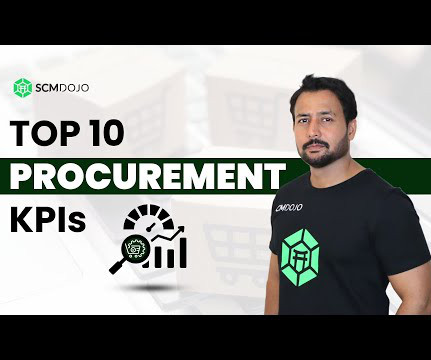Here’s a comprehensive list of the top 100 skills that a Procurement Manager should master
Procurement Templates
NOVEMBER 21, 2024
Negotiation Skills Actionable Steps: Prepare Thoroughly: Research suppliers’ market position and pricing strategies before negotiations. Use Data-Driven Arguments: Leverage cost breakdowns and benchmarks to negotiate better terms. SAP, Oracle) Procurement software (e.g., Coupa, Ariba) Data analytics tools (e.g.,












Let's personalize your content